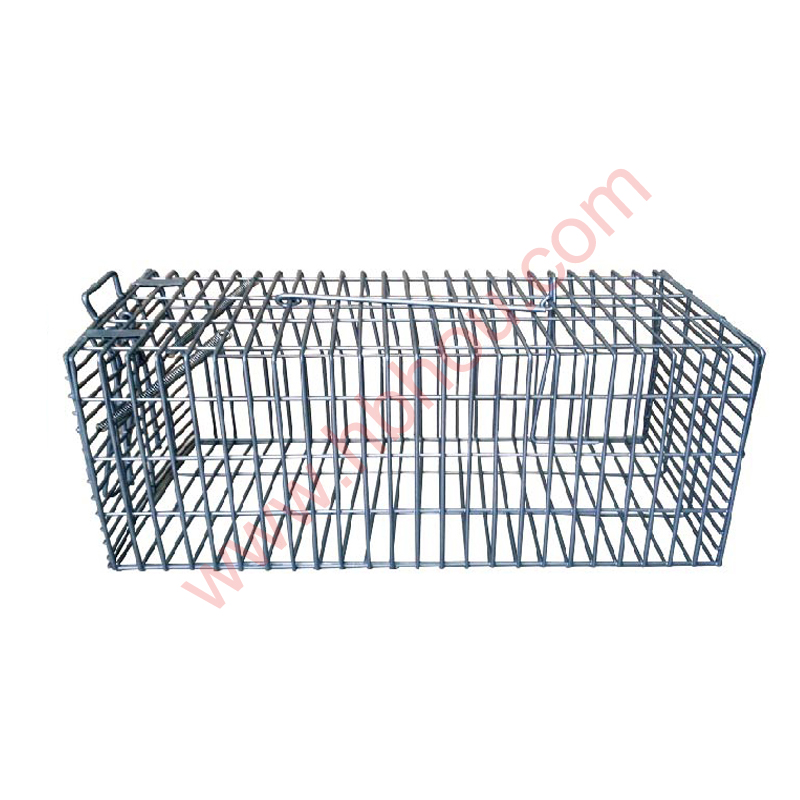Enhancing Your Garden with Wooden Plant Stakes
Gardening is a delightful hobby that brings joy to many, but it also comes with its own set of challenges. One of these challenges is ensuring that your plants grow strong and healthy while maintaining their structure and form. This is where wooden plant stakes come into play. These versatile tools not only provide support to your plants but also add an organic aesthetic to your garden.
The Purpose of Wooden Plant Stakes
Wooden plant stakes serve multiple functions in a garden. Primarily, they are used to support various types of plants, including tall flowers, vegetables, and climbing vines. As plants grow, they often become top-heavy, leading to a risk of bending or breaking. By strategically placing wooden stakes near vulnerable plants, you can help them stand tall and strong, ensuring that they flourish throughout the growing season.
Moreover, wooden stakes help to guide the growth of climbing plants, such as tomatoes, peas, and climbing roses. By attaching these plants to stakes, you can maintain an organized garden layout and promote better air circulation around the foliage. This not only aids in sunlight exposure but also helps in preventing mold and mildew growth caused by overcrowding.
Choosing the Right Wooden Stakes
When selecting wooden plant stakes, it’s essential to consider the type of wood and its treatment
. Stakes made from untreated cedar or redwood are excellent choices as they are naturally resistant to decay and pests. These woods can withstand the elements and won’t harm your plants with chemicals when they eventually decompose.The height and thickness of the stakes should also reflect the specific needs of the plants you are supporting. For taller plants, such as sunflowers or certain flowering perennials, you might need stakes that are at least 4 to 6 feet tall. On the other hand, smaller plants may only require 2 to 3-foot stakes. The thickness of the stakes should be sturdy enough to support the weight of the plant while not being too bulky, which could detract from the aesthetics of your garden.
wooden plant stakes

Installing Wooden Plant Stakes
Proper installation of wooden stakes is crucial for effective support. Begin by gently inserting the stake into the soil a few inches away from the base of the plant to minimize root disturbance. For particularly tall or heavy plants, you may need to use multiple stakes, arranged in a triangular formation for added stability.
Once the stakes are in place, gently tie the plants to the stakes using soft ties or garden twine. Be careful not to constrict the plant’s growth; the ties should provide support without cutting into the stems. Regularly check the ties and adjust them as the plants grow to accommodate their development.
Aesthetic Appeal of Wooden Stakes
Aside from their functional benefits, wooden plant stakes add a rustic charm to your garden. They blend seamlessly with the natural environment and can enhance the visual appeal of your landscape. You can also personalize them by painting or carving designs, making them a unique feature of your gardening space.
Conclusion
In summary, wooden plant stakes are an indispensable tool for any gardener looking to support their plants effectively while enhancing the beauty of their garden. With the right choice of materials and installation techniques, you can ensure your plants have the necessary support to thrive. Whether you are nurturing delicate seedlings or robust perennials, these simple tools will play a pivotal role in your gardening success. So, the next time you tend to your garden, consider the advantages of incorporating wooden plant stakes and watch your plants flourish!
















